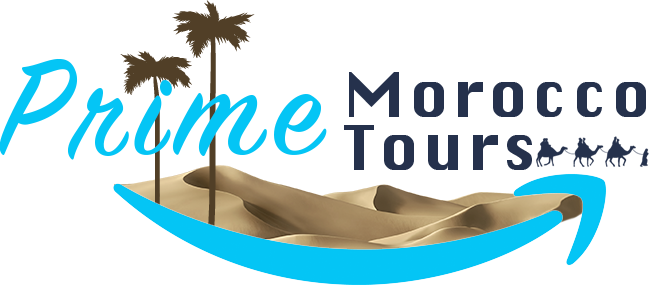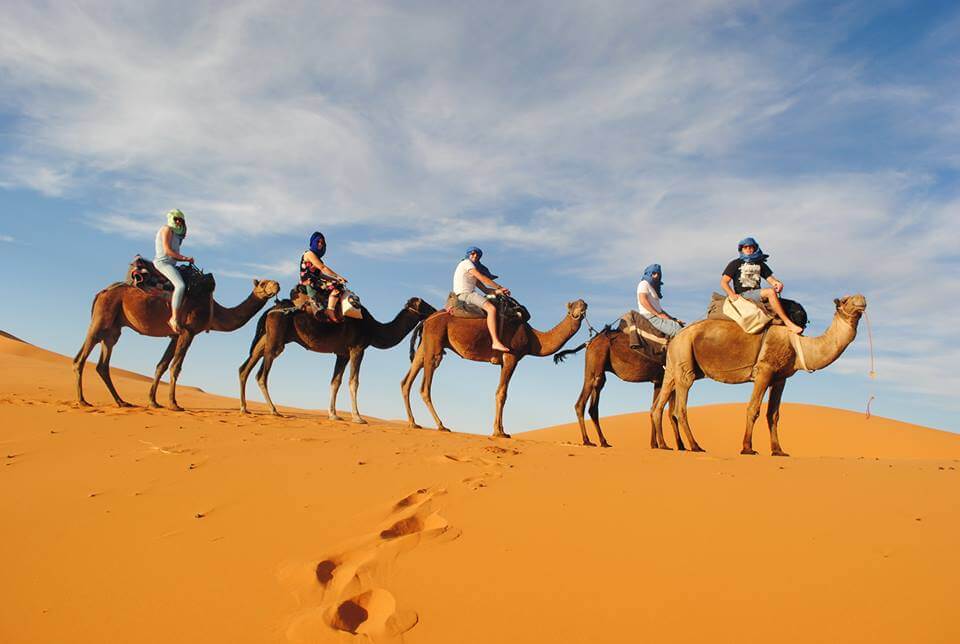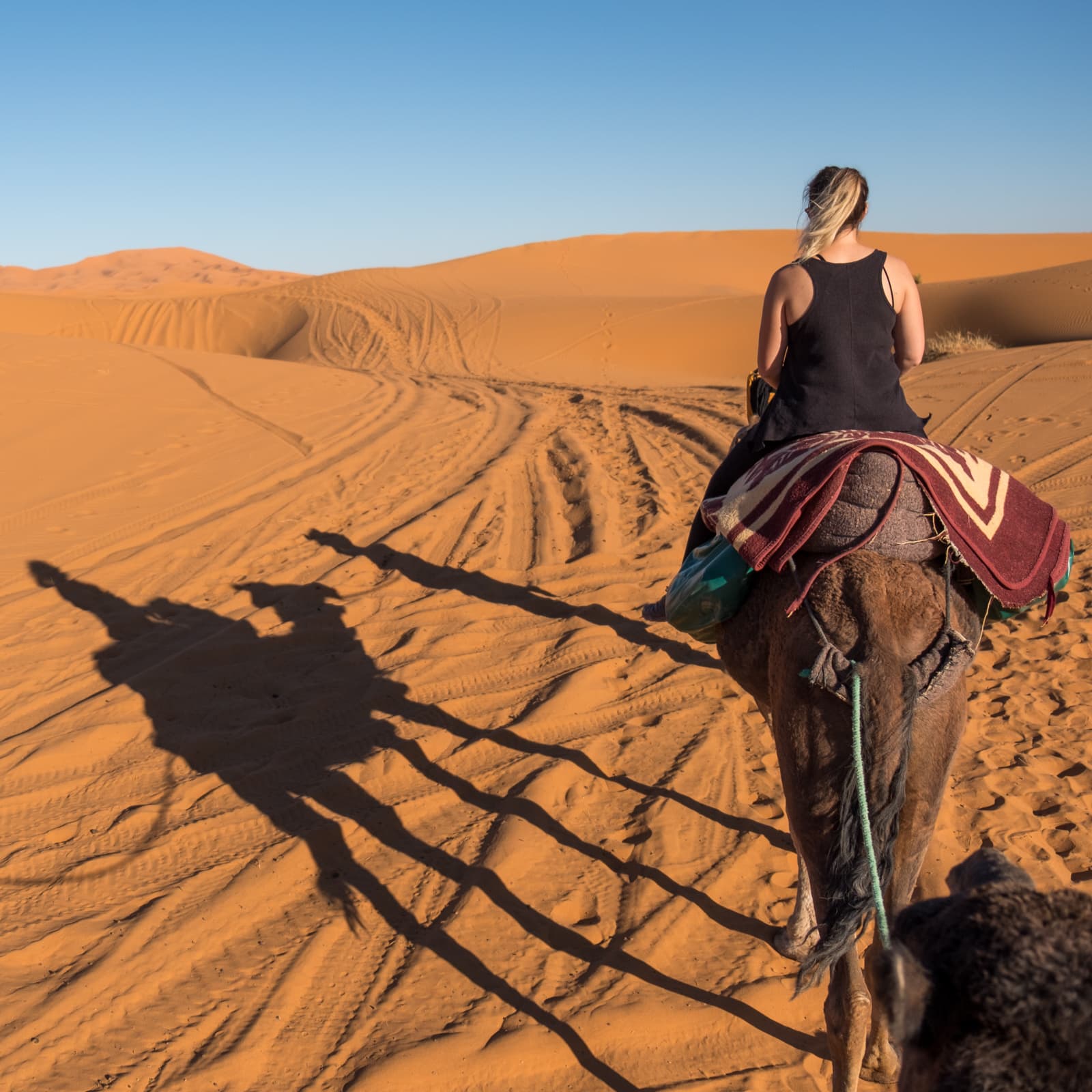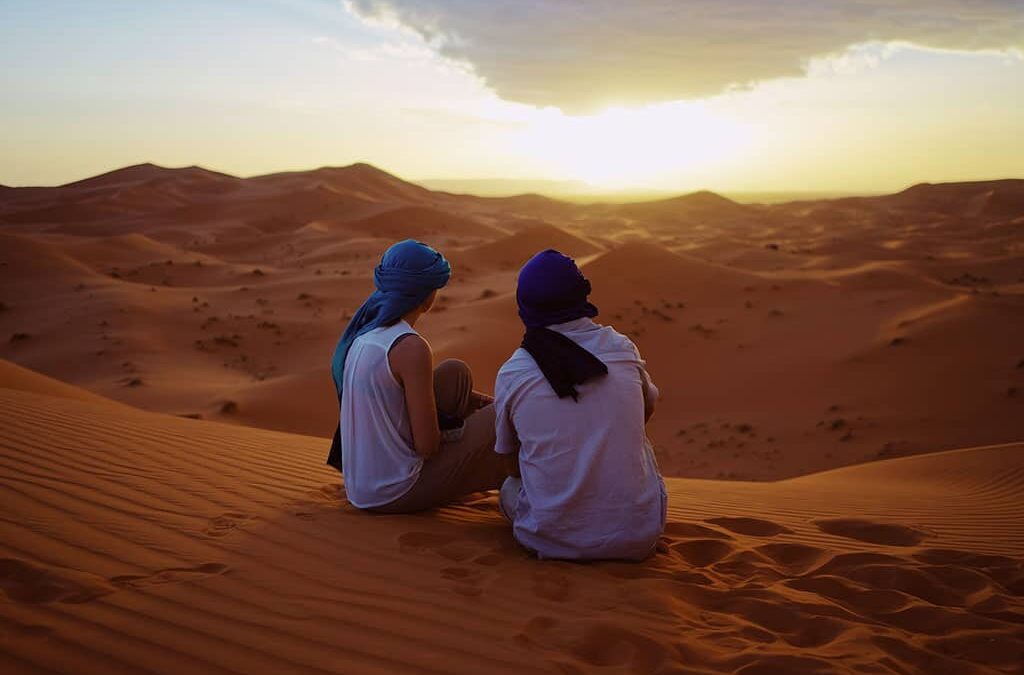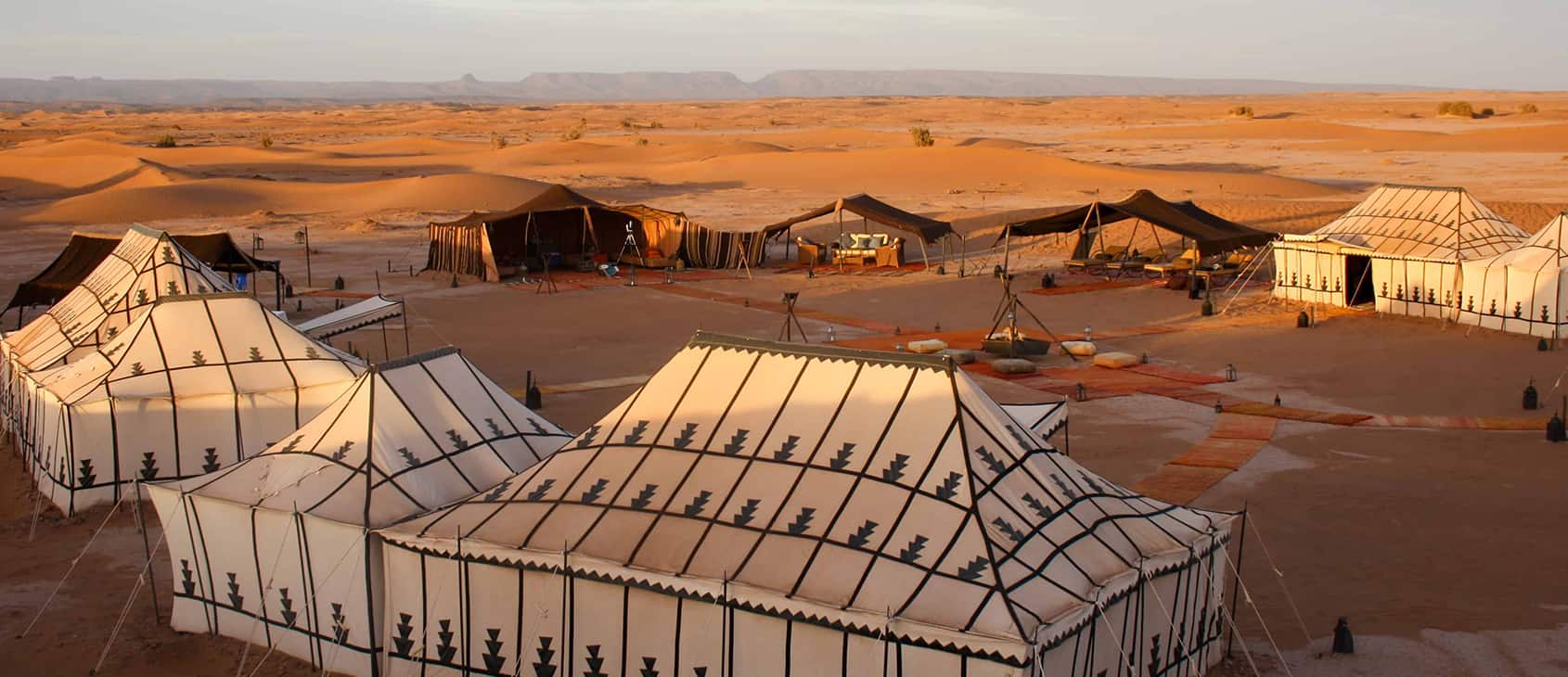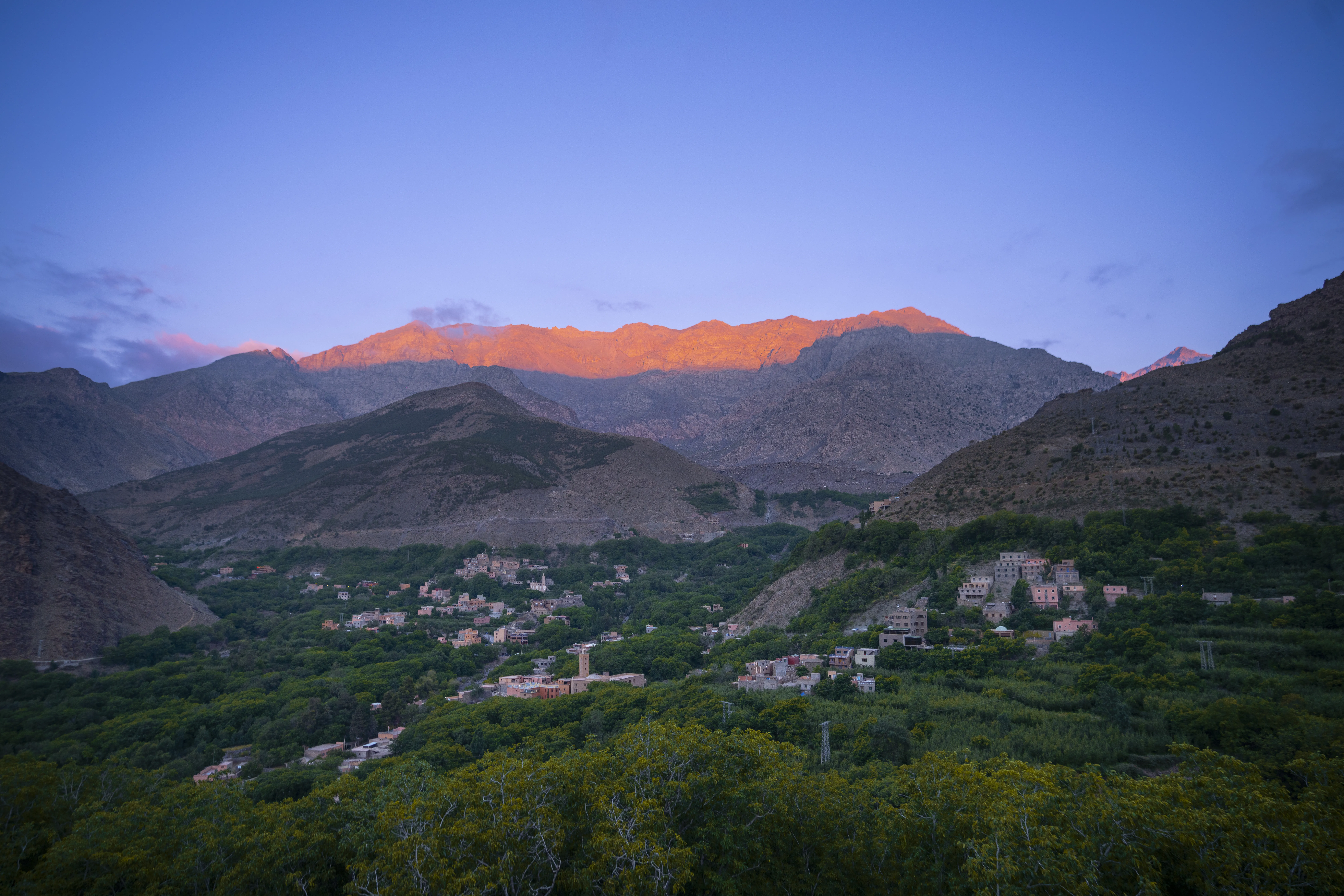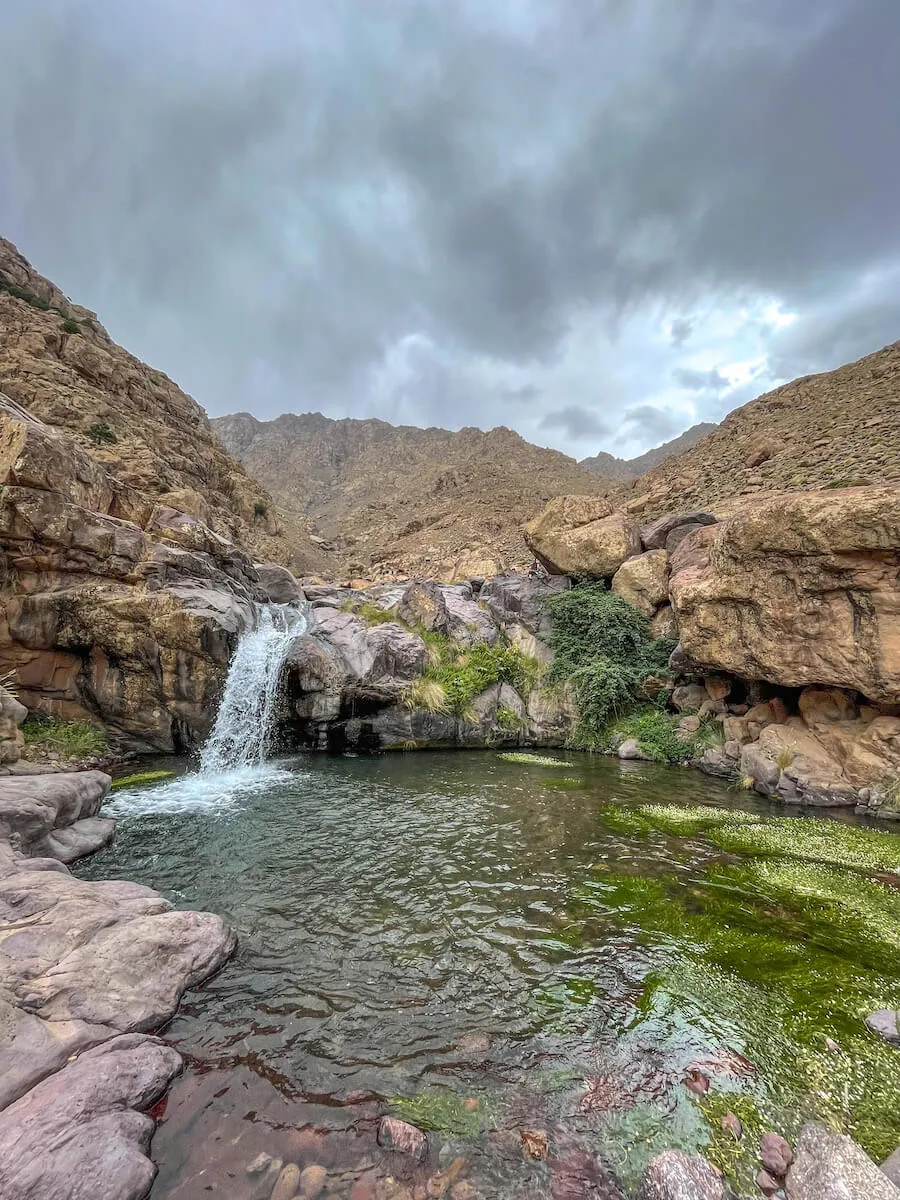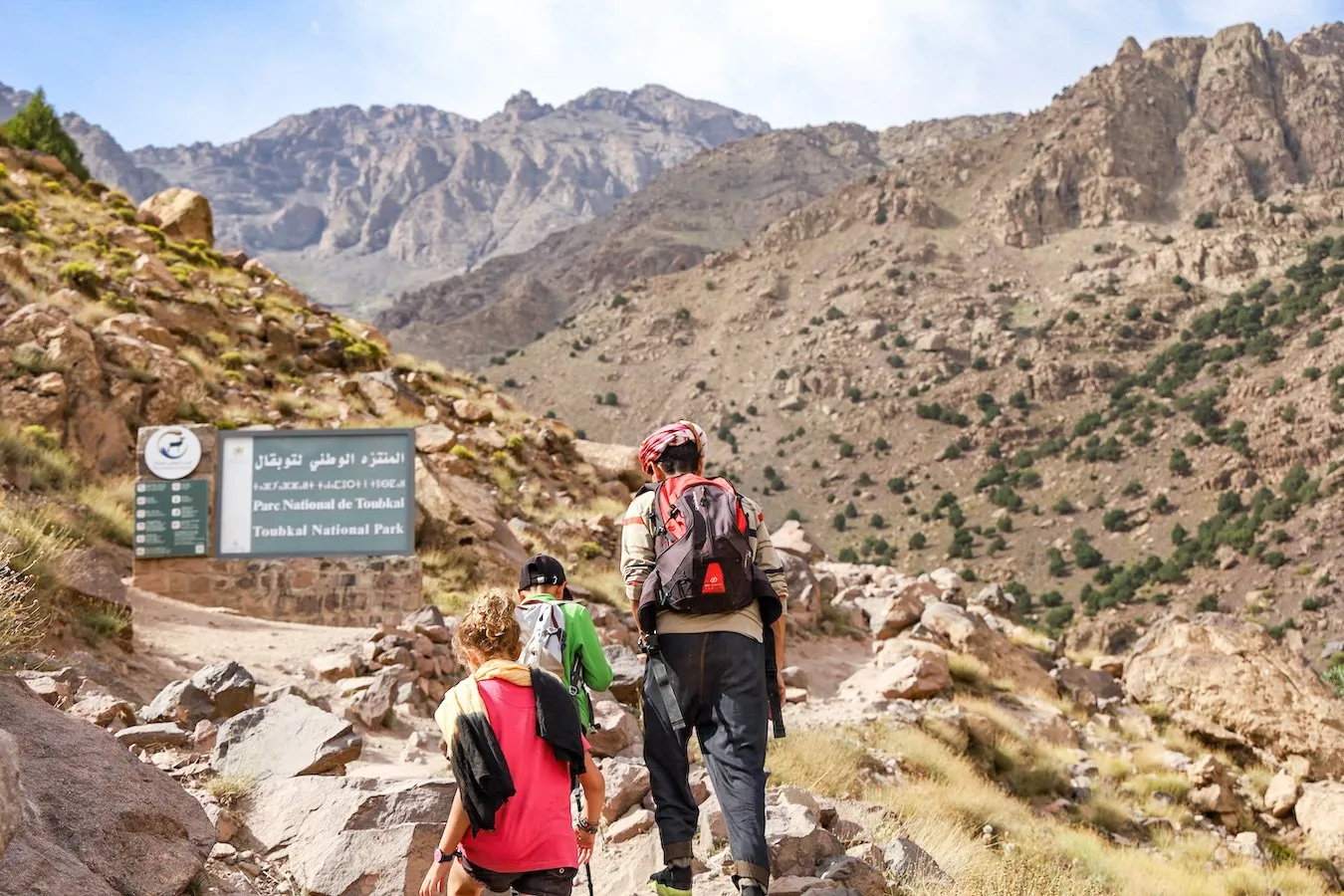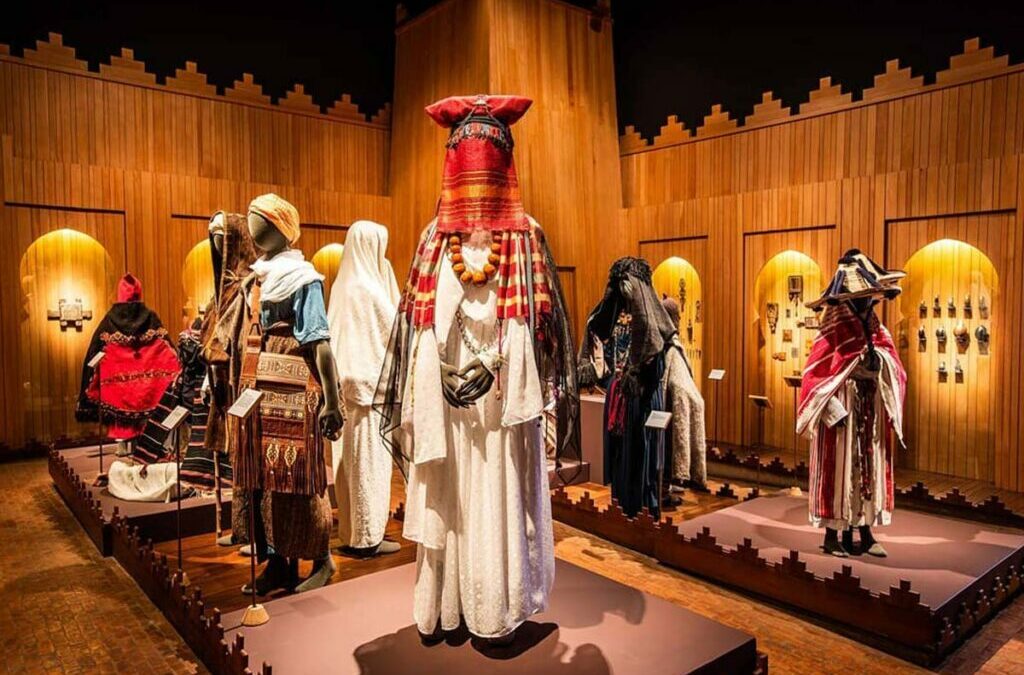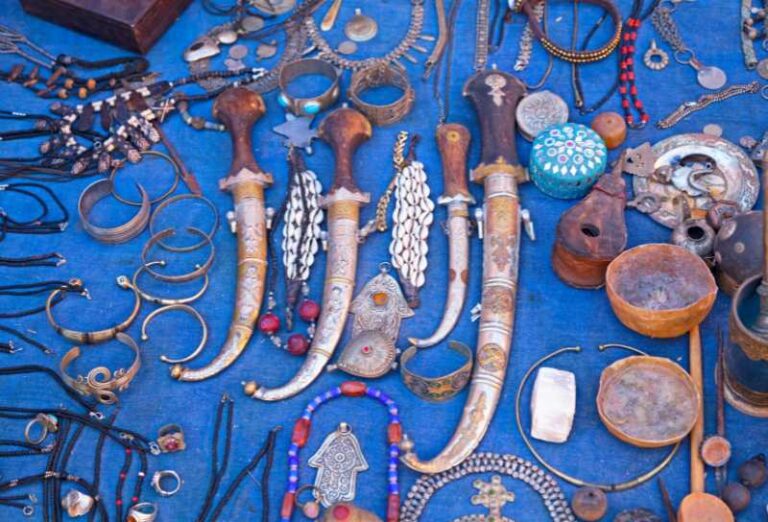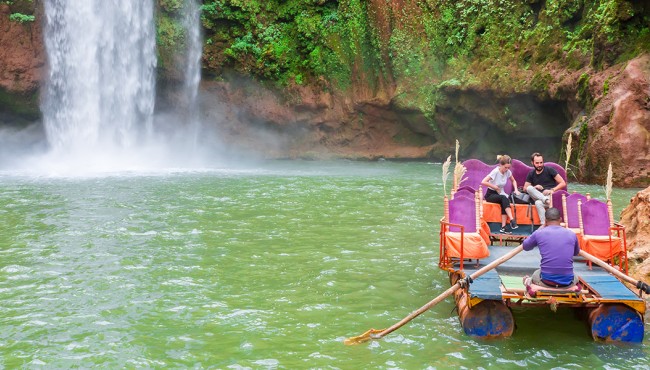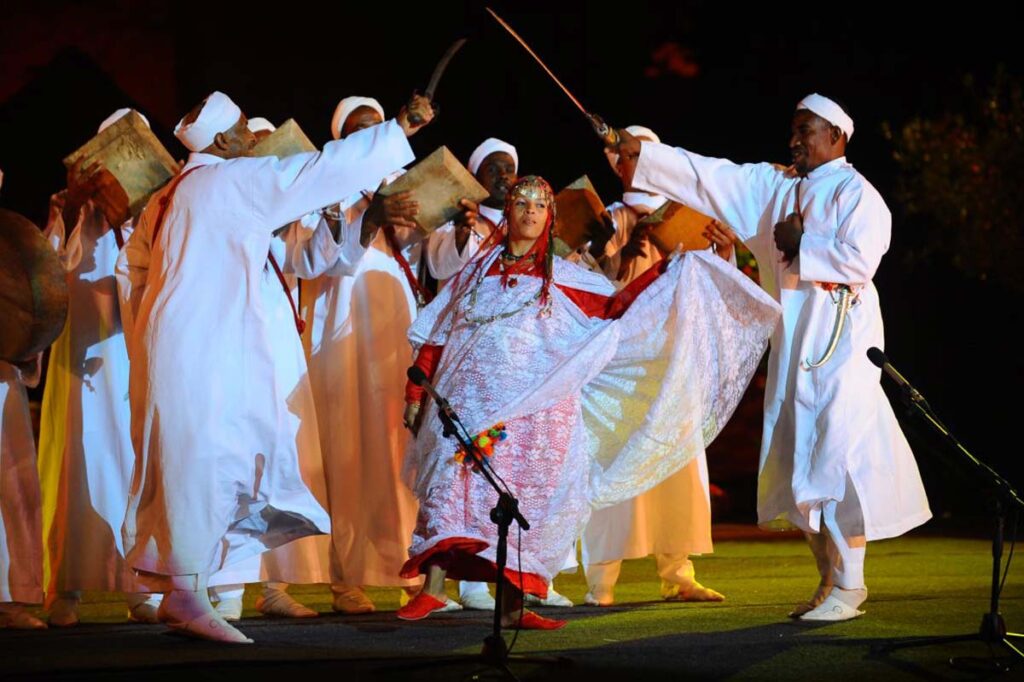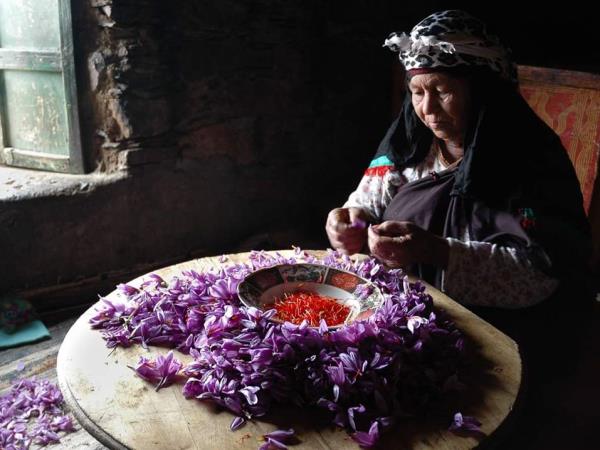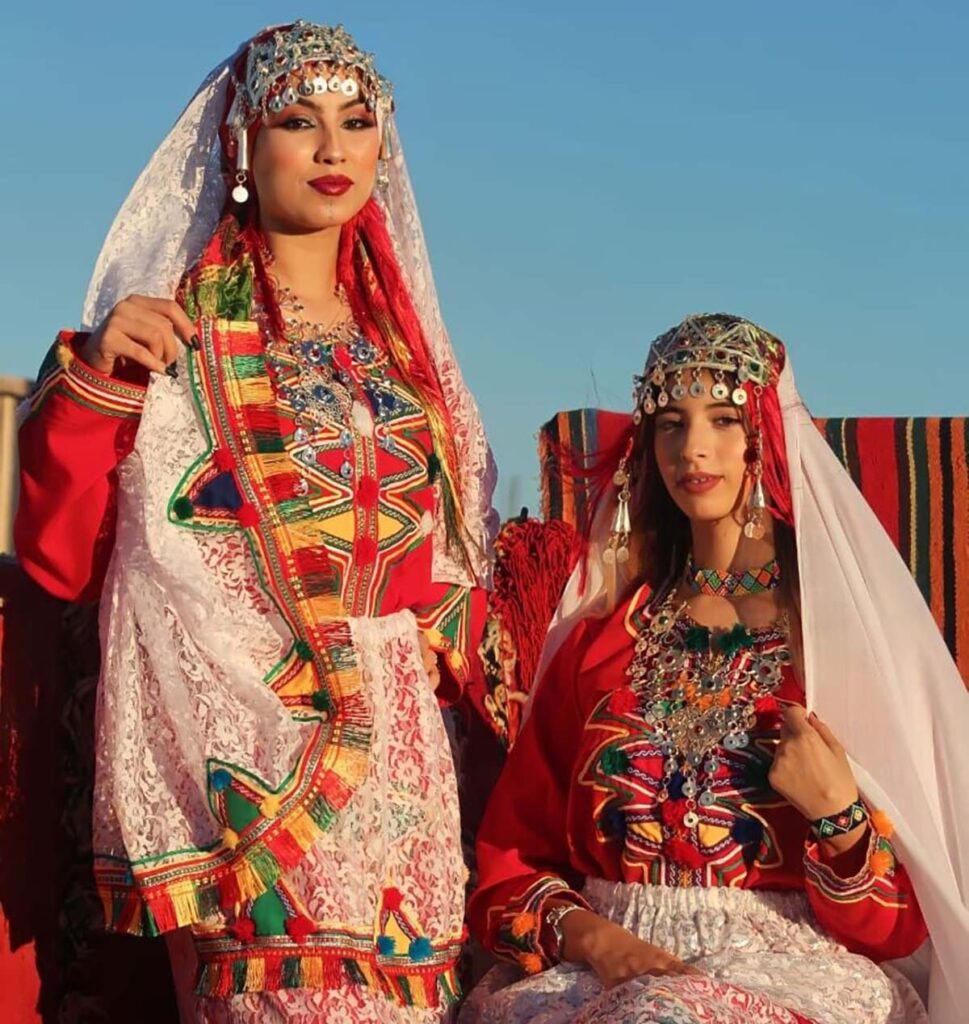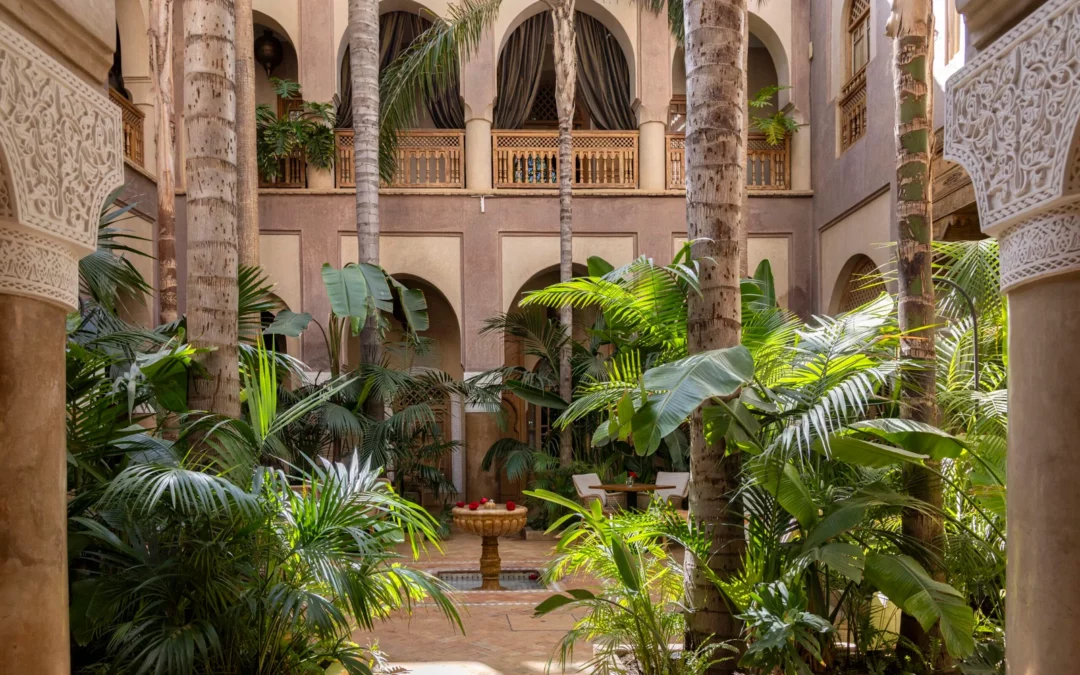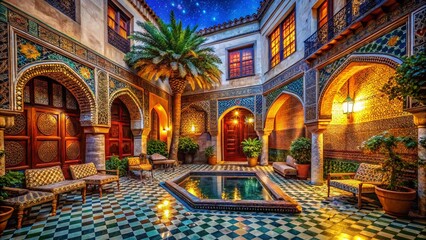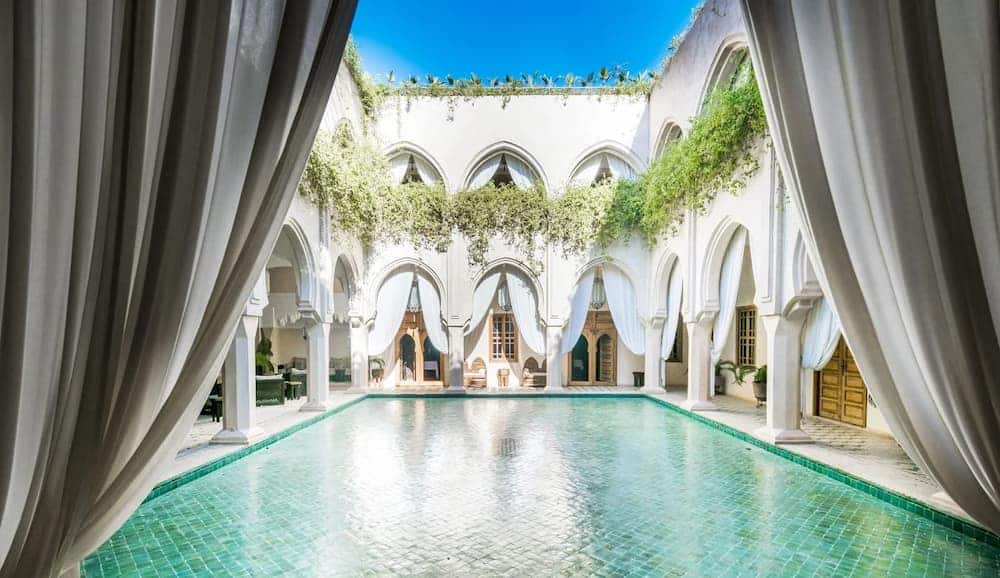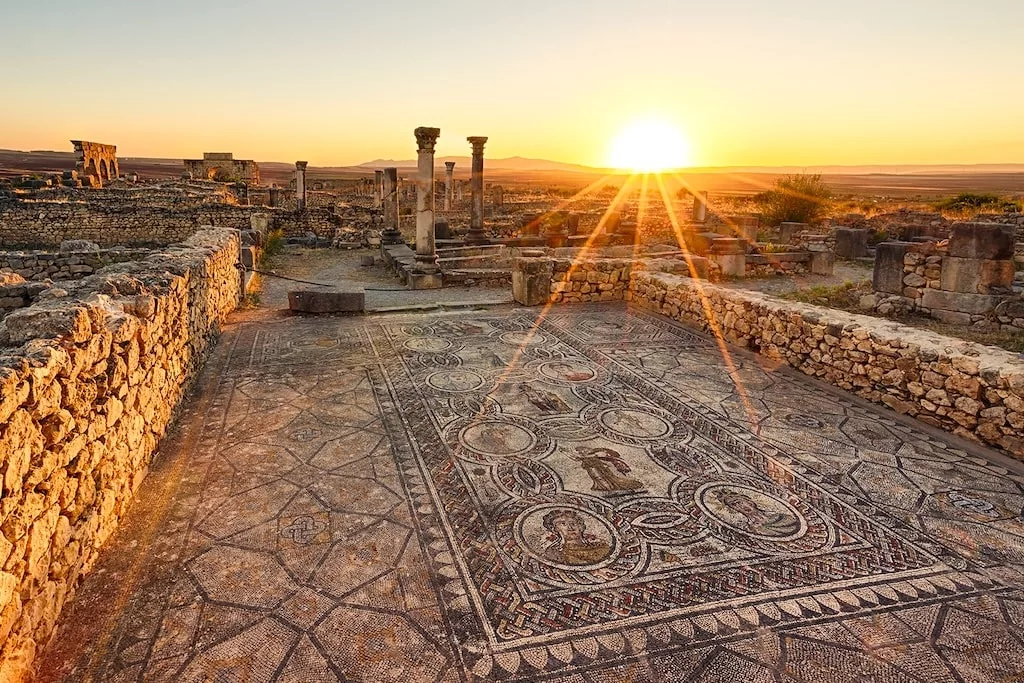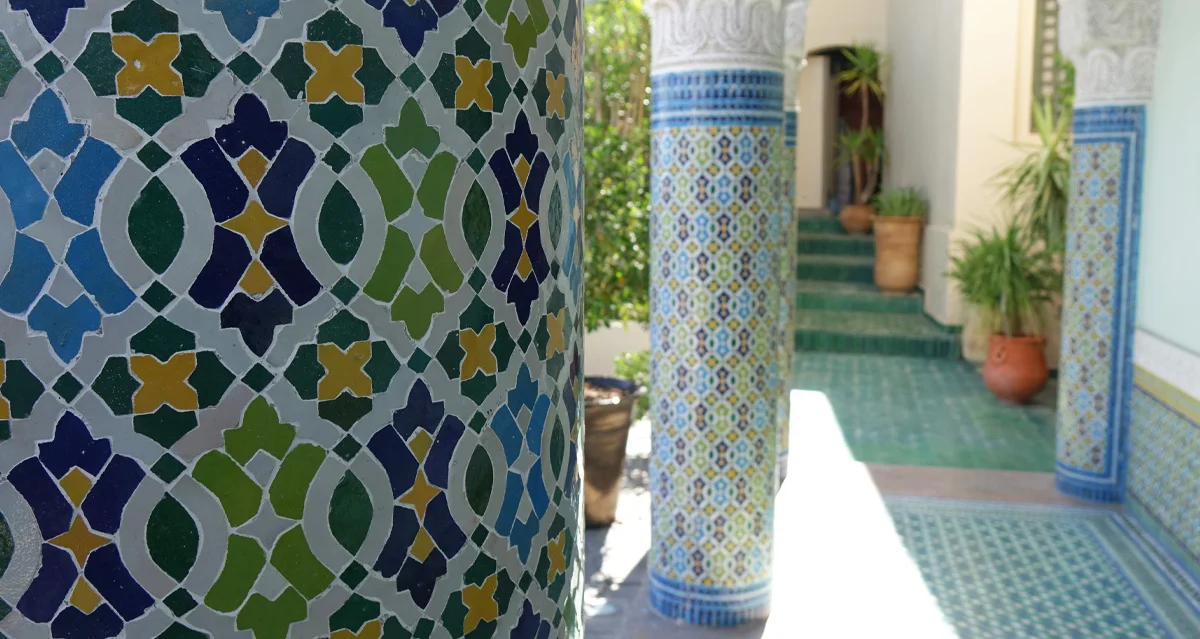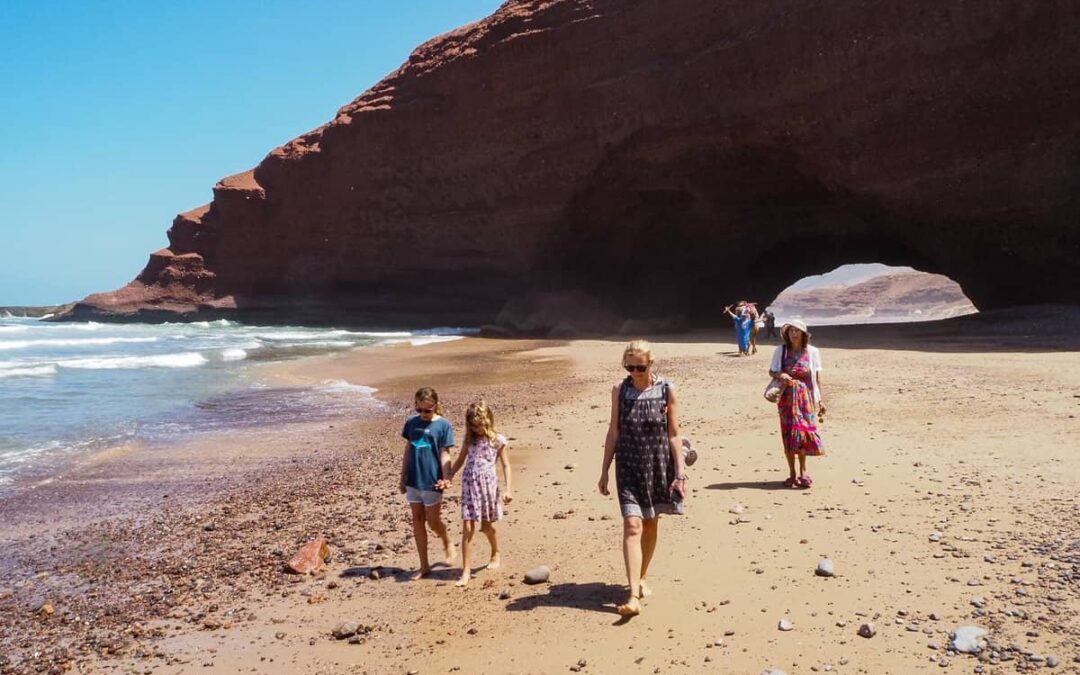
Morocco with Kids: A Family-Friendly Travel Guide
Morocco with Kids: A Family-Friendly Travel Guide
Morocco is a vibrant, culturally rich destination that offers unforgettable experiences for families. From bustling medinas to serene desert landscapes, here’s everything you need to know to plan a safe, enjoyable, and enriching trip with your children.
Why Morocco is Great for Families
Moroccans adore children, and families often receive warm, welcoming treatment. The country’s diverse activities—from exploring souks to camel rides in the Sahara—cater to all ages. However, planning is key to ensuring a smooth experience.
Top Family-Friendly Destinations
Marrakech
Marrakech serves as the perfect introduction to Morocco for most families, offering an exciting blend of traditional culture and modern comforts. The heart of the city, Jemaa el-Fnaa Square, provides a sensory experience unlike any other on earth. By day, your children will marvel at the snake charmers, monkey handlers, and traditional water sellers in colorful costumes. As evening falls, the square transforms into a massive open-air restaurant with hundreds of food stalls offering everything from grilled meats to snail soup – a fantastic opportunity for adventurous young eaters. Beyond the square, the city offers numerous family-friendly attractions including the Majorelle Garden with its vibrant blue structures and exotic plants, the Palmeraie for camel rides just outside the city, and several water parks for cooling off after days of sightseeing. The city’s riads (traditional homes turned boutique hotels) particularly suit families, with many featuring private courtyards with pools where children can play safely while parents relax. Many of these riads offer cooking classes specifically designed for families, where children can learn to make traditional Moroccan cookies or simple tagine dishes.
Fes
Fes offers a more authentic and less commercialized experience than Marrakech, making it ideal for families with older children interested in history and culture. The city’s medieval medina, a UNESCO World Heritage site, represents one of the world’s largest car-free urban areas, making it surprisingly manageable with children despite its maze-like appearance. The traditional artisan quarters provide fascinating educational opportunities – your family can watch craftsmen creating beautiful leather goods in the ancient tanneries, shaping intricate metalwork, or weaving spectacular textiles using techniques unchanged for centuries. The recently restored Jnan Sbil Gardens offer a peaceful escape from the medina’s intensity, with beautiful fountains, shaded pathways, and plenty of space for children to run and play. For a truly special experience, consider arranging a traditional Moroccan cooking class through your riad, where your family can learn to prepare classic dishes together using fresh ingredients from the local markets. Many riads in Fes also offer family suites with multiple bedrooms and traditional hammam experiences that can be reserved privately for families.
Essaouira
This charming coastal city provides the perfect counterpoint to Morocco’s busier imperial cities, with its relaxed atmosphere, beautiful beaches, and refreshing ocean breezes. The medina here is considerably more manageable than those in Marrakech or Fes, with wider streets and less intense crowds, making it ideal for families with younger children. The city’s fortified harbor creates a dramatic backdrop for family photos, and children will love watching the fishermen bringing in their daily catch and repairing their bright blue boats. The extensive beaches offer opportunities for camel rides along the shore, kite surfing lessons for teenagers, and simple sandcastle building for younger children. The city’s growing reputation as a windsurfing and kitesurfing destination means there are numerous schools offering child-friendly lessons with proper safety equipment. For gaming enthusiasts in the family, the city contains several shops selling the locally famous thuya wood chess sets and backgammon boards – beautiful souvenirs that provide ongoing entertainment long after your trip ends. The city’s seafood restaurants along the harbor serve incredibly fresh dishes in a casual atmosphere perfect for families, with many offering child-friendly options alongside the more adventurous local specialties.
Agadir
For families seeking a classic beach vacation with Moroccan flavor, Agadir delivers with its beautiful crescent beach, modern resorts, and reliably sunny weather. The city rebuilt after a devastating earthquake in 1960 means it lacks the medieval charm of other Moroccan destinations but offers excellent infrastructure for families, including wide sidewalks, modern amenities, and accessibility features that make navigating with strollers much easier than in the older cities. The beach stretches for kilometers with gentle waves and gradually deepening water, making it ideal for young swimmers. Numerous operators along the beach offer everything from banana boat rides to parasailing, all at very reasonable prices. The city’s Crocopark provides a surprising attraction – a beautifully landscaped garden housing hundreds of Nile crocodiles in naturalistic habitats, along with educational displays about these fascinating creatures. For a change of pace from the beach, the Valley of the Birds offers a free zoo and botanical garden in the city center, while the Agadir Hill provides panoramic views and a chance to explore the remains of the original city. The resort areas north of the city offer increasingly luxurious accommodations with extensive kids’ clubs, multiple swimming pools, and entertainment options that will keep children happily occupied while parents enjoy some well-deserved relaxation time.
Chefchaouen
The famous “Blue City” nestled in the Rif Mountains provides one of Morocco’s most photogenic destinations, with its endlessly Instagrammable blue-washed streets and stunning mountain backdrop. The compact medina is easily navigable with children, with significantly less traffic and hassle than larger cities, making it a relaxing place to wander and discover hidden plazas, small waterfalls, and friendly local shops. The distinctive blue coloration of the buildings creates a magical atmosphere that children find particularly enchanting, and the city’s small size means you’re never far from your accommodation when little legs get tired. The surrounding mountains offer gentle hiking opportunities suitable for families, with trails leading to small waterfalls and viewpoints overlooking the city. The main square provides numerous cafés with terraces perfect for people-watching while enjoying fresh orange juice or traditional mint tea. For older children interested in photography, the city offers endless opportunities to practice their skills with ever-changing patterns of light and shadow on the blue walls and colorful doorways. The local artisans specialize in woven goods featuring distinctive regional designs, providing beautiful and lightweight souvenirs that are easy to pack and bring home.
Sahara Desert
No family trip to Morocco would be complete without experiencing the magic of the Sahara Desert, an adventure that children will remember for a lifetime. Most desert tours begin from either Merzouga or Zagora, with the former offering access to the spectacular Erg Chebbi dunes – some reaching heights of 150 meters and creating a landscape that feels truly otherworldly. The journey to the desert itself forms part of the adventure, typically passing through dramatic gorges, ancient kasbahs, and traditional villages where families can learn about Berber culture and history. Most desert camps have evolved to offer family-friendly accommodations with proper beds, private bathrooms, and climate control in their tents, making the experience comfortable even for younger children. The highlight for most families is the camel trek at sunset across the dunes, followed by an evening around the campfire with traditional music and spectacular stargazing in some of the clearest skies on earth. Many camps now offer additional activities tailored to families, including sandboarding down the dunes, quad biking (for older children), and visits to nearby nomadic settlements where children can interact with local families and learn about their traditional way of life. The desert experience typically includes traditional Moroccan meals served in communal settings, providing opportunities for families to connect with other travelers from around the world.
Safety and Health Tips
Morocco ranks as one of Africa’s safest countries for tourists, with low crime rates and a generally welcoming attitude toward visitors. However, families should take standard precautions to ensure a trouble-free journey. In crowded areas like medinas and souks, keep children close and be aware of your surroundings, as pickpocketing can occur in heavily touristed areas. The narrow streets of ancient medinas often have unexpected steps, uneven surfaces, and occasional motorcycle traffic, so hold younger children’s hands when navigating these areas. Regarding health, Morocco’s medical facilities in major cities are generally excellent, with many doctors speaking English or French. However, it’s essential to have comprehensive travel insurance that covers medical evacuation, as serious conditions may require transfer to Europe for treatment. The most common health issues for visitors involve stomach upsets, which can largely be avoided by drinking only bottled water, avoiding raw vegetables unless peeled or washed in purified water, and eating at reputable establishments. The intense Moroccan sun requires serious protection – high-factor sunscreen, wide-brimmed hats, and UV-protective clothing are essential, particularly in the desert and coastal areas where reflected sunlight can cause unexpected sunburn. During Ramadan, be respectful of those fasting by avoiding eating, drinking, or smoking in public during daylight hours, though most tourist establishments continue to operate normally.

Transportation Tips
Navigating Morocco with children requires some planning but is generally straightforward thanks to improving infrastructure. For maximum flexibility and comfort, hiring a private driver with a modern, air-conditioned vehicle is highly recommended for transfers between cities. This option allows you to travel at your own pace, make unscheduled stops for bathroom breaks or photos, and ensure that proper child safety seats are available (still rare in taxis). Morocco’s rail network offers an excellent alternative for certain routes, particularly the high-speed Al Boraq train connecting Tangier to Casablanca, which provides a smooth, comfortable journey with spectacular coastal views. For longer distances, domestic flights connect major cities like Casablanca, Marrakech, and Agadir, potentially saving valuable vacation time. Within cities, petit taxis (color-coded by city) provide affordable transportation for shorter journeys, though they rarely have seat belts in the back seats, making them less ideal for younger children. When exploring medinas, consider bringing a lightweight stroller for younger children, though be prepared to carry it over occasional steps or uneven surfaces. For families with infants, many riads and hotels can arrange baby equipment rental, saving you from bringing these items from home.

Food for Kids
Moroccan cuisine offers plenty of options that will appeal to young palates, with its familiar flavors and generally mild spicing. Tagines, the slow-cooked stews that form the backbone of Moroccan cuisine, often feature chicken or lamb with prunes, apricots, or olives in sauces that most children find appealing. Couscous, typically served on Fridays but available throughout the week in tourist areas, provides a familiar carbohydrate that pairs well with simple grilled meats or vegetables. For pickier eaters, most restaurants offer brochettes (skewers of grilled meat), omelets, and pizza or pasta options. The incredible fresh fruit available throughout Morocco makes for healthy snacks – oranges, bananas, strawberries, and dates are particularly delicious and safe to eat when peeled. Street food offers some of Morocco’s most memorable culinary experiences, with options like msemen (flaky, layered pancakes), bissara (fava bean soup), and freshly squeezed orange juice available throughout the medinas. For dessert, children will love sampling the various Moroccan pastries filled with almond paste or dipped in honey. Most restaurants are very accommodating to families with young children, though high chairs may not always be available in more traditional establishments.

Accommodation
Morocco offers accommodation options to suit every family’s needs and budget, from luxury resorts to traditional riads. Riads—traditional Moroccan homes built around central courtyards—often provide the most atmospheric accommodations, with many offering family suites or connecting rooms. These properties typically feature beautiful architecture, personalized service, and central locations within the medinas, though their traditional design may include steep staircases and open courtyards that require supervision with younger children. For beach vacations, Agadir and Essaouira offer modern resorts with extensive facilities including kids’ clubs, multiple pools, and direct beach access. In the desert, luxury camps have revolutionized the experience with proper beds, private bathrooms, and climate-controlled tents that maintain comfortable temperatures year-round. When booking accommodations, look for properties that offer family-friendly amenities such as babysitting services, children’s menus, and early dining options. Many riads and hotels can arrange family-friendly activities like cooking classes, guided tours tailored to children’s interests, and transportation with appropriate car seats.
Sample 10-Day Itinerary
|
Day |
Destination |
Activities |
|
1 |
Arrival in Tangier |
Drive to Chefchaouen, explore the blue medina |
|
2 |
Chefchaouen |
Leisure morning, then drive to Volubilis (Roman ruins) and Fes |
|
3 |
Fès |
Guided tour of the medina, artisan workshops, and palaces |
|
4 |
Travel to Merzouga |
Stop at Berber villages and Todra Gorge. Arrive at desert camp |
|
5 |
Sahara Desert |
Camel trek, sandboarding, and stargazing |
|
6 |
Drive to Marrakech |
Scenic stops in the Atlas Mountains |
|
7-8 |
Marrakech |
Jemaa el-Fna, gardens, water park, and souk exploration |
|
9 |
Day Trip to Essaouira |
Beach activities and relaxed medina time |
|
10 |
Departure |
Flight from Marrakech or Casablanca |
Practical Tips
Successful family travel in Morocco requires some additional planning and flexibility. When packing, include modest clothing that covers shoulders and knees, particularly for visits to religious sites and rural areas. While major cities are quite liberal, showing respect for local customs will enhance your experience and interactions with Moroccans. The Moroccan dirham is a closed currency, meaning you cannot obtain it outside the country and must exchange money upon arrival—ATMs are widely available in cities and tourist areas. Learning a few basic Arabic or French phrases will greatly enhance your interactions with locals—children particularly enjoy learning simple greetings like “salam alaikum” (peace be upon you) and “shukran” (thank you). For entertainment during longer drives, download movies or games in advance, as internet connectivity can be unreliable outside major cities. Finally, build flexibility into your itinerary—some of your family’s most memorable moments may come from unexpected discoveries rather than tightly scheduled activities.

Unique Experiences for Kids
Beyond the major sights, Morocco offers countless special experiences that will delight children of all ages. Camel trekking in the Sahara stands out as a highlight for most families, with options ranging from short sunset rides to multi-day expeditions sleeping in desert camps. Many riads and cultural centers offer child-friendly cooking classes where families can learn to make traditional dishes like tagine or Moroccan pastries. Pottery workshops in Fes or Marrakech allow children to try their hand at creating traditional ceramics under the guidance of master craftsmen. For a break from cultural activities, water parks in major cities provide refreshing fun, particularly during the hotter months. Many desert camps now offer stargazing sessions with telescopes and knowledgeable guides who can point out constellations and share astronomical traditions from Berber culture. In coastal areas like Essaouira, families can take boat trips to see dolphins or visit the nearby island of Mogador, home to endangered Eleonora’s falcons. These unique experiences create lasting memories while providing educational opportunities that extend far beyond the classroom.

Budget Considerations
Morocco offers excellent value for family travelers, with options to suit a wide range of budgets. Mid-range family accommodations typically cost between $80-$120 per night, often including breakfast and sometimes dinner. Eating at local restaurants rather than tourist establishments can significantly reduce food costs—a family meal might cost $20-$30 at a neighborhood establishment versus $50-$60 at a more tourist-oriented restaurant. Entrance fees to attractions are generally reasonable, with many offering reduced rates for children. Transportation costs vary widely depending on your chosen mode—grand taxis between cities offer the most budget-friendly option, while private drivers provide convenience at a higher cost. All-inclusive packages can offer good value, particularly for beach vacations in Agadir, though they may limit your ability to experience authentic local cuisine. When shopping in souks, remember that bargaining is expected, with initial prices often 2-3 times higher than the eventual selling price. Setting a daily budget that includes accommodations, meals, activities, and souvenirs will help ensure you don’t overspend while still enjoying everything Morocco has to offer.

Travel Insurance and Visas
Proper documentation and insurance are essential components of stress-free family travel to Morocco. Citizens of the United States, Canada, the European Union, Australia, and New Zealand do not require visas for tourist stays of up to 90 days, needing only a passport valid for at least six months beyond their entry date. However, visa policies can change, so always verify current requirements with the Moroccan embassy or consulate before traveling. Comprehensive travel insurance is highly recommended, covering medical expenses, trip cancellation or interruption, lost luggage, and emergency evacuation. When selecting insurance, ensure it covers any activities you plan to undertake, such as desert trekking or water sports. Keep digital copies of all important documents—passports, insurance policies, emergency contacts—accessible through cloud storage in case originals are lost or stolen. Register with your embassy’s smart traveler program to receive important safety updates during your stay. For families with specific medical needs, research healthcare facilities in your destinations and bring sufficient supplies of any necessary medications, along with copies of prescriptions and doctor’s notes explaining medical conditions.
Conclusion
Morocco offers a magical blend of adventure, culture, and relaxation for families. With careful planning and a focus on child-friendly activities, your trip will be a cherished memory for years to come. From the blue streets of Chefchaouen to the golden dunes of the Sahara, Morocco promises an unforgettable journey for all ages.
Ready to plan your family adventure? Contact Prime Morocco Tours to customize a journey that delights every member of your family!
CREATE MAGICAL MOMENTS TOGETHER
Travel confidently with our family expertise. From baby equipment rentals to teen-friendly adventures, we ensure a smooth, joyful Moroccan experience for everyone.
